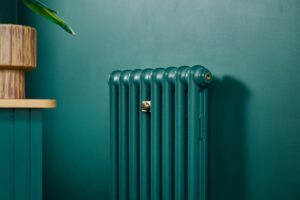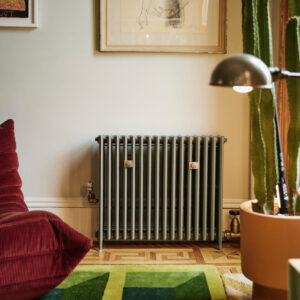A Heritage Home Edged By Water
Nestled in lush Somerset countryside, this centuries-old grain mill is now a home and creative refuge for paper artist Rebecca Coles and cosmetic formulator John Kilroy. What was once a place of industry now embraces a slower pace of life in step with the rhythm of the river.
Rodden Brook skirts around the outer edge of the property. Although the original water wheel is long gone, the millrace still cuts across on the opposite side, partly diverting the flow and leaving the house on an island all of its own.
For this artistic couple, the waterside setting not only offers connection to nature and an abundance of inspiration, it also fosters the stillness and focus that is essential to their creativity. Rebecca’s paper art is intricate and time-consuming. Her work explores organic forms and themes of preservation and repurposing.
For John, developing a fragrance requires research and a methodical process of trial and error. Growing his own and foraging botanicals in the surrounding woodland has directly inspired his product range, in particular his Kitchen Garden handwash.
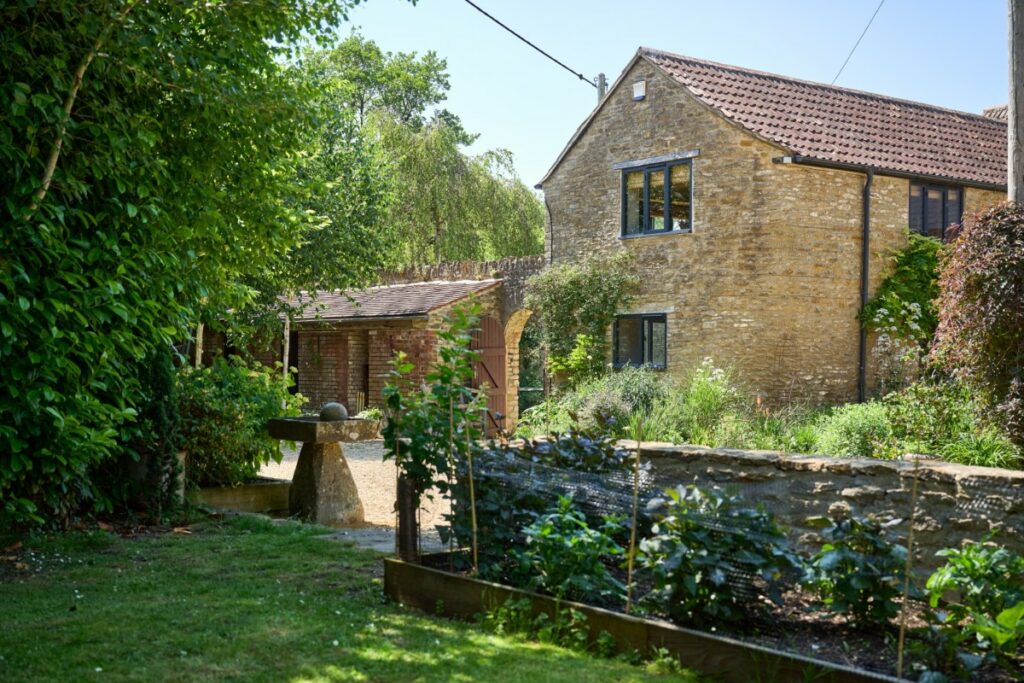
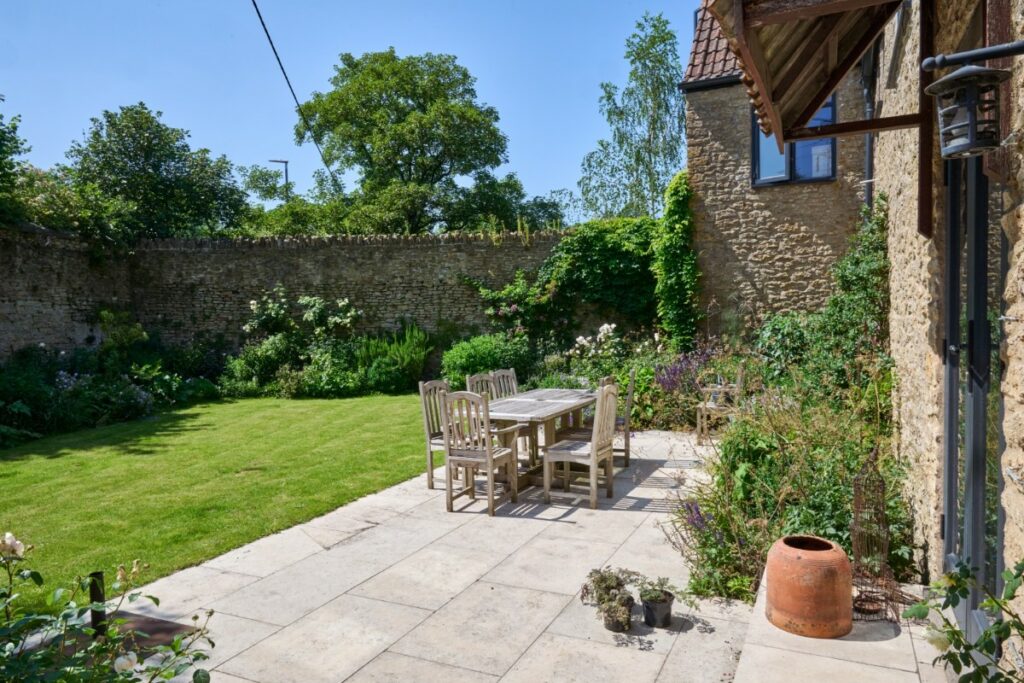
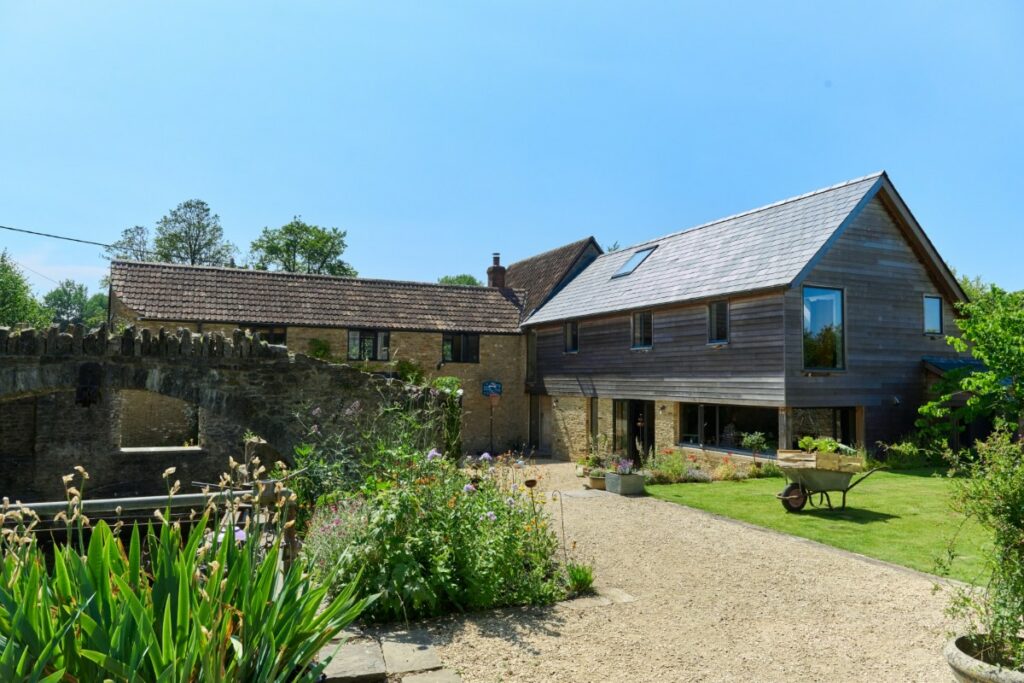
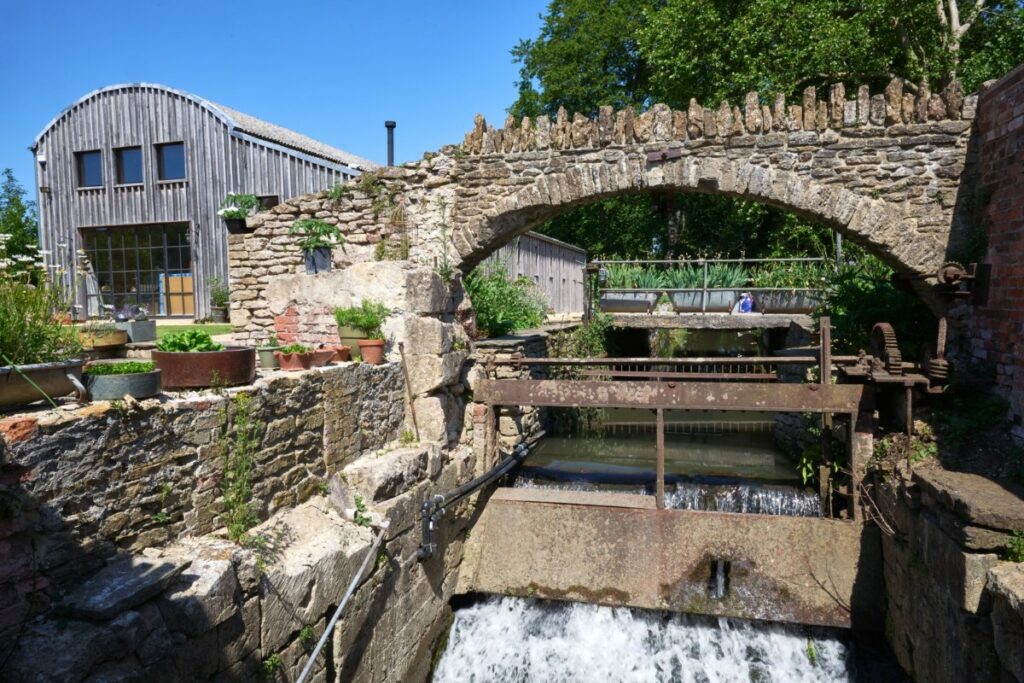
The garden and the water sets the pace of life here, inspiring both Rebecca’s artwork
and John’s skincare and fragrance range Foundry Formulas.
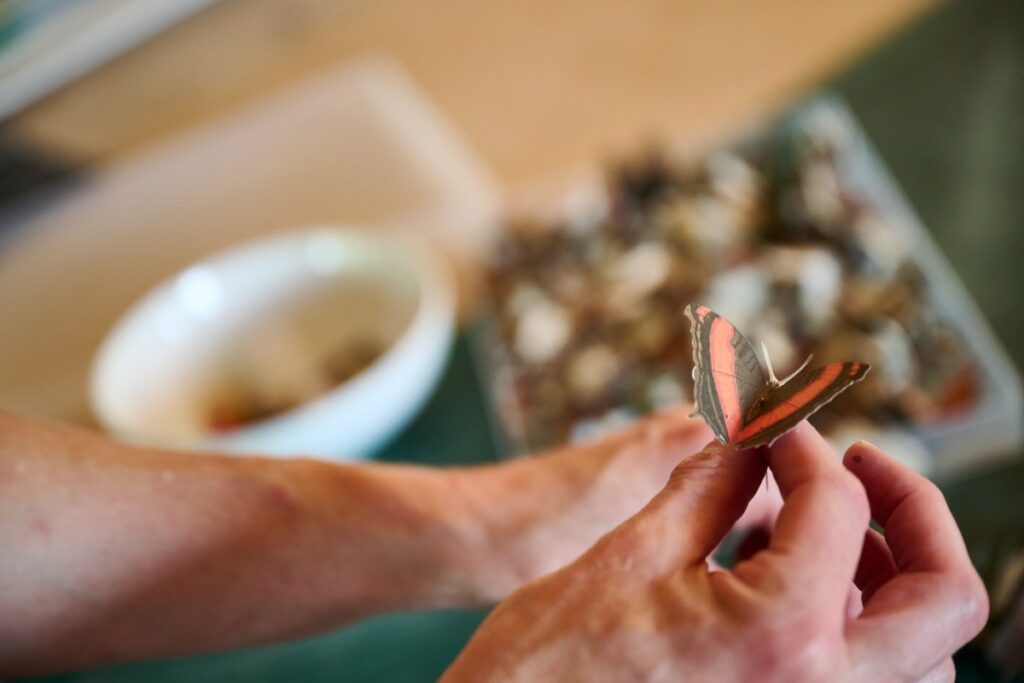
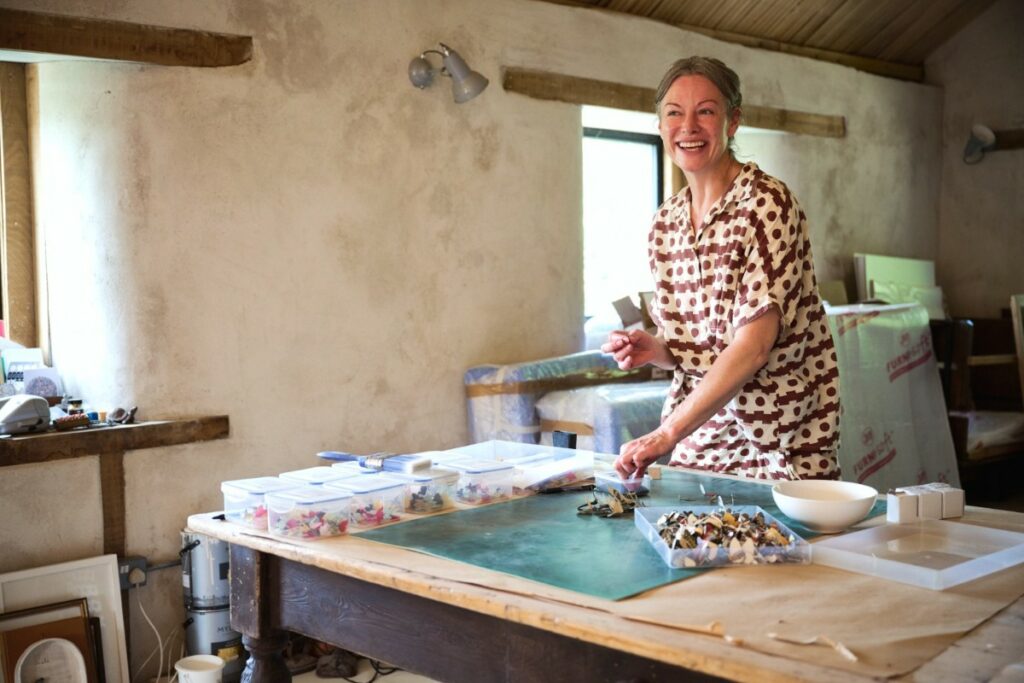
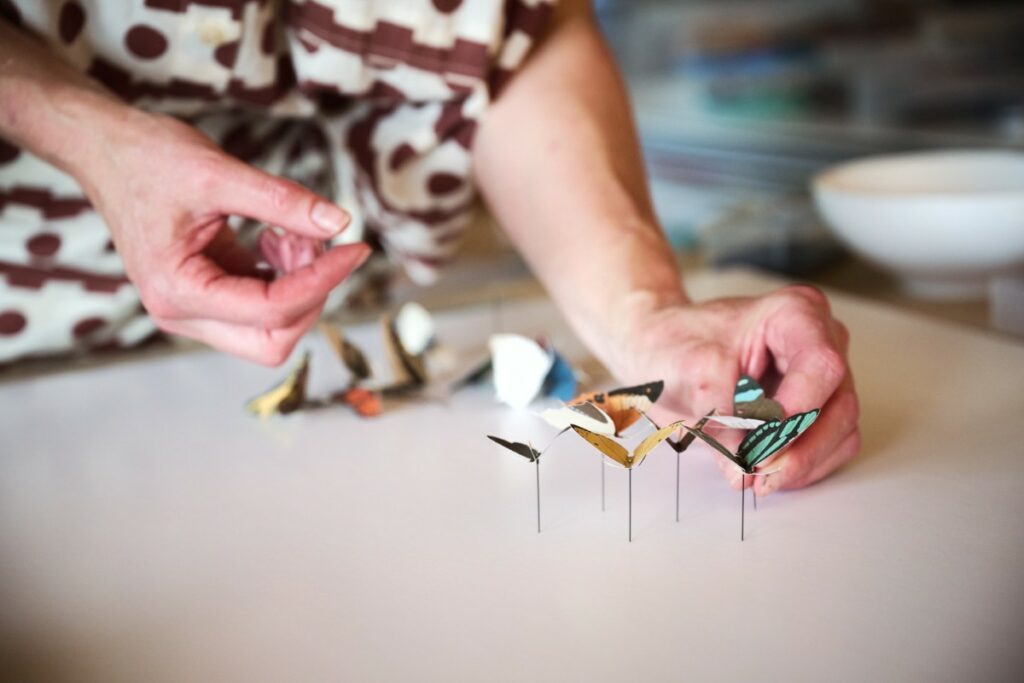
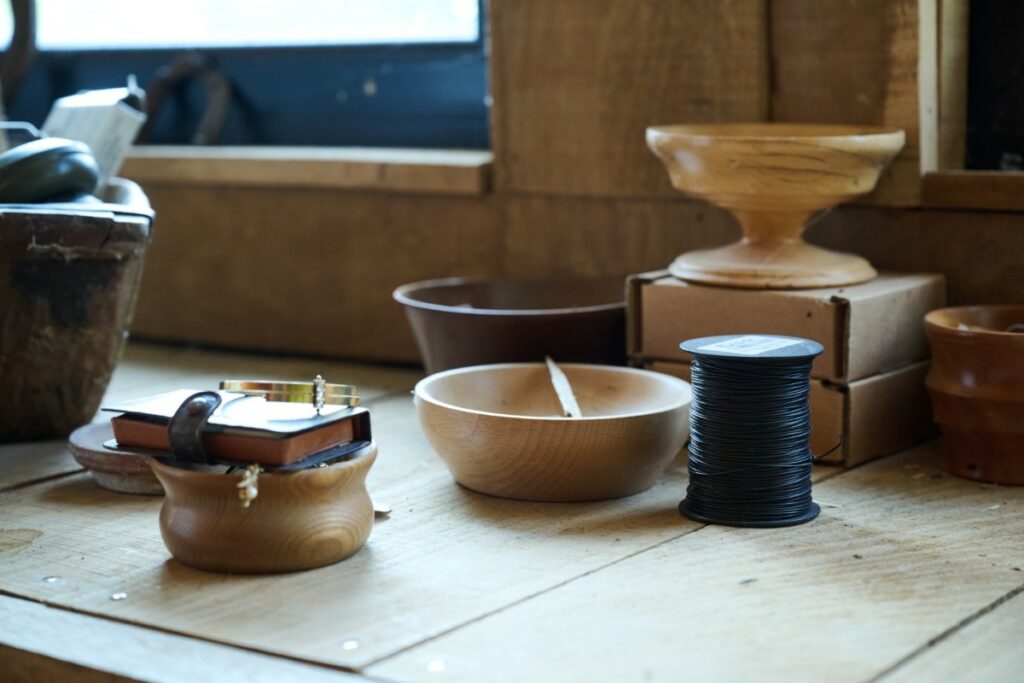
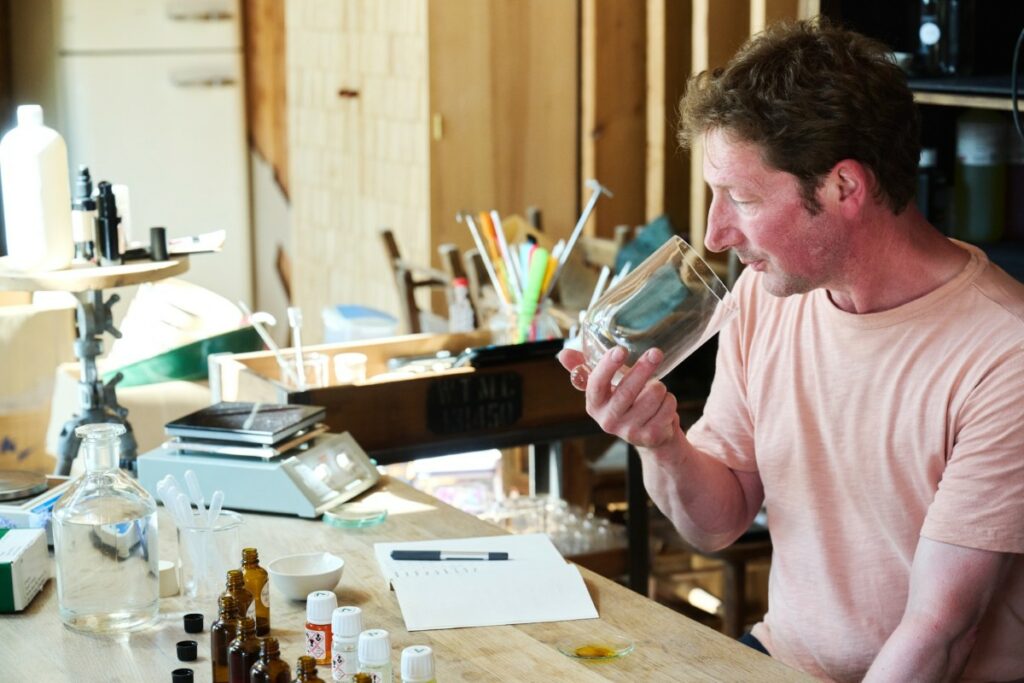
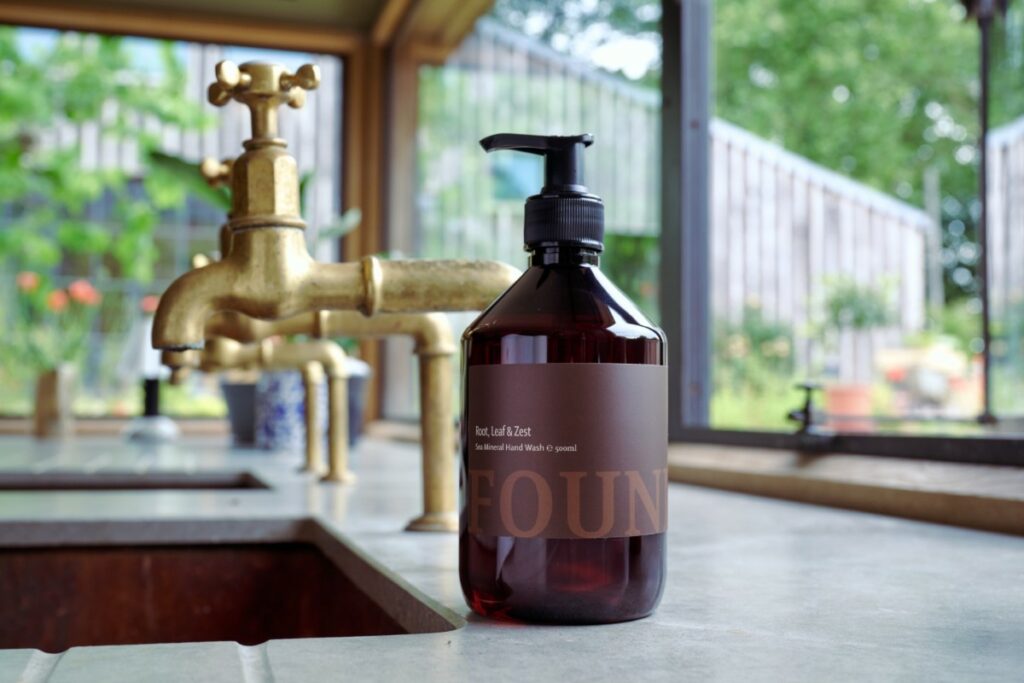
The skincare and room fragrances in the range are a distillation of the landscape he lives in.
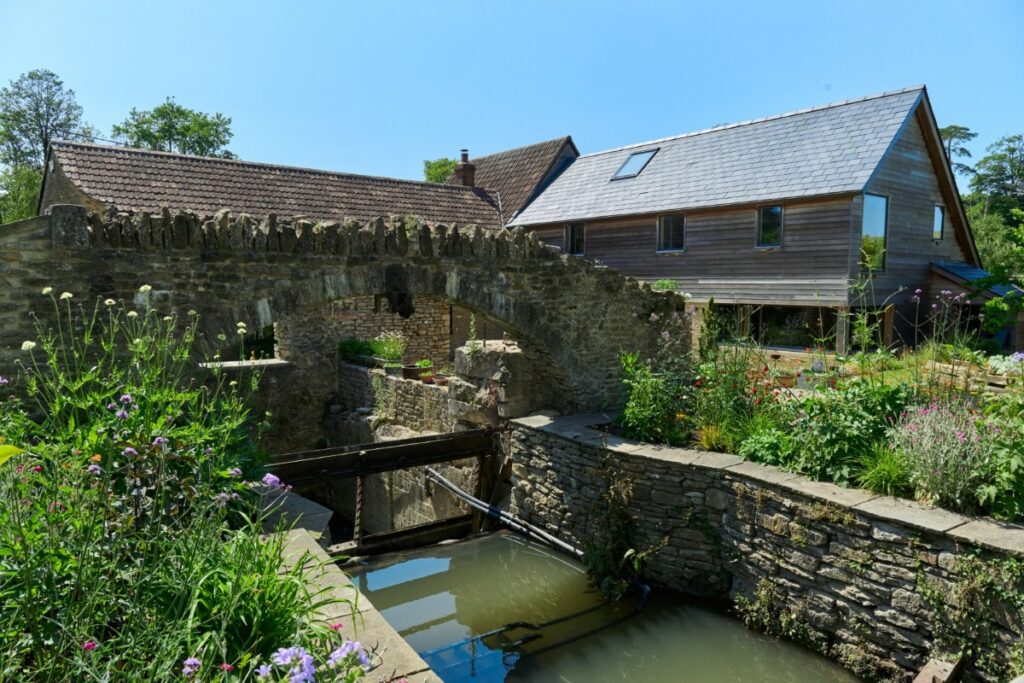
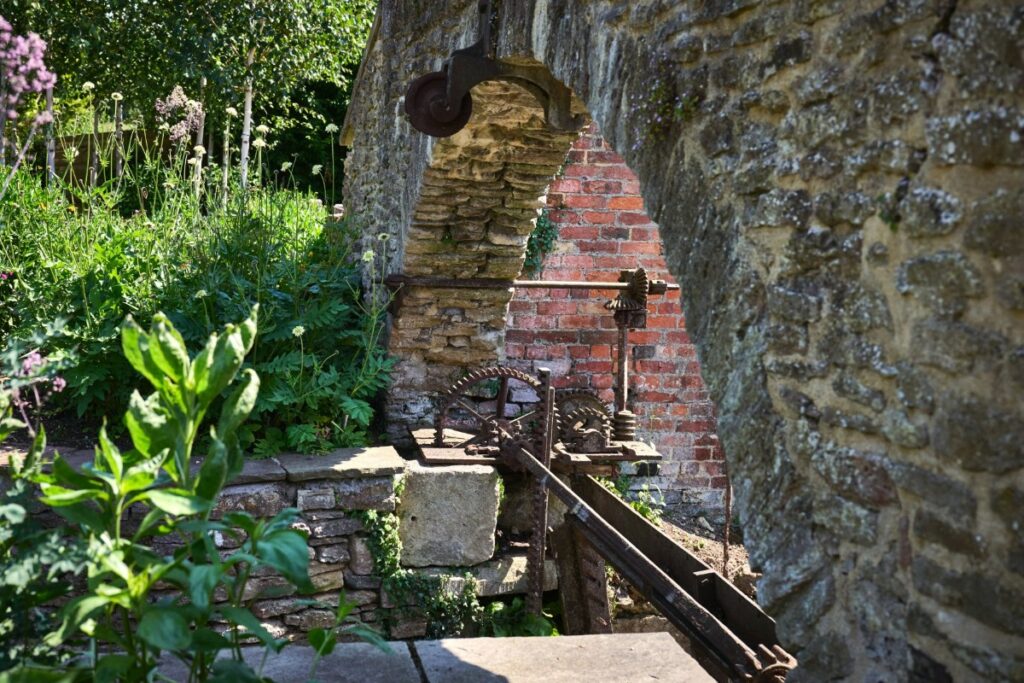
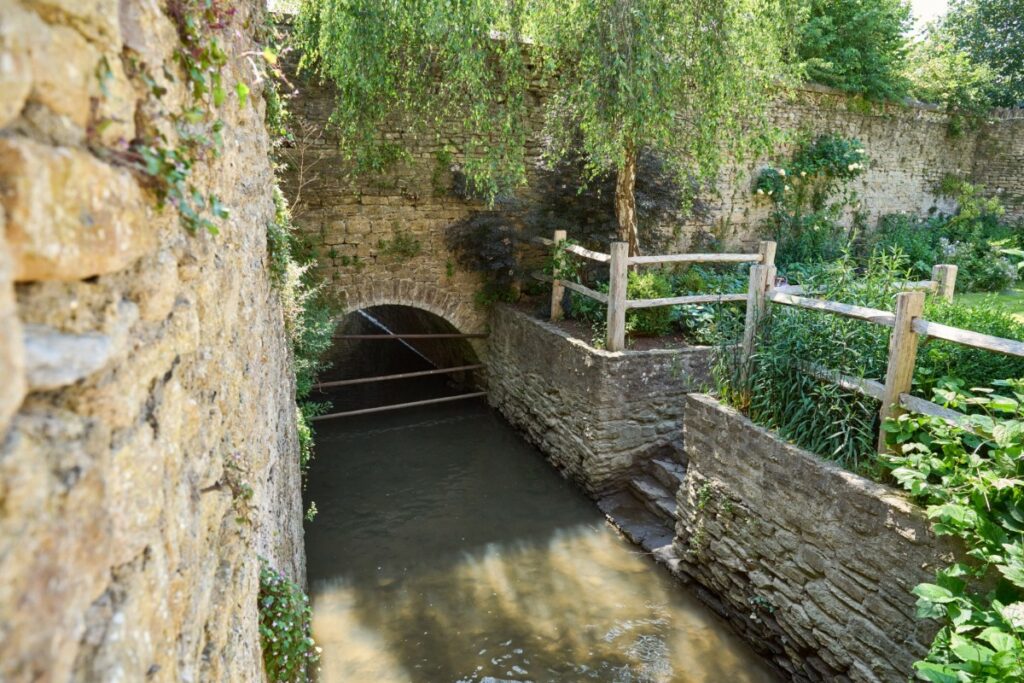
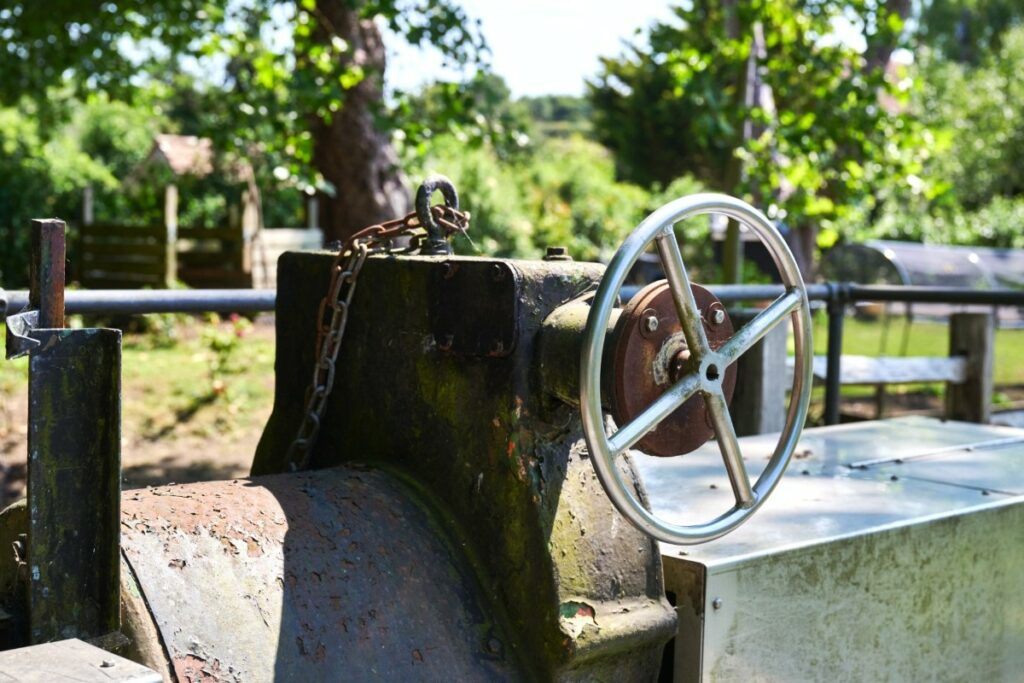
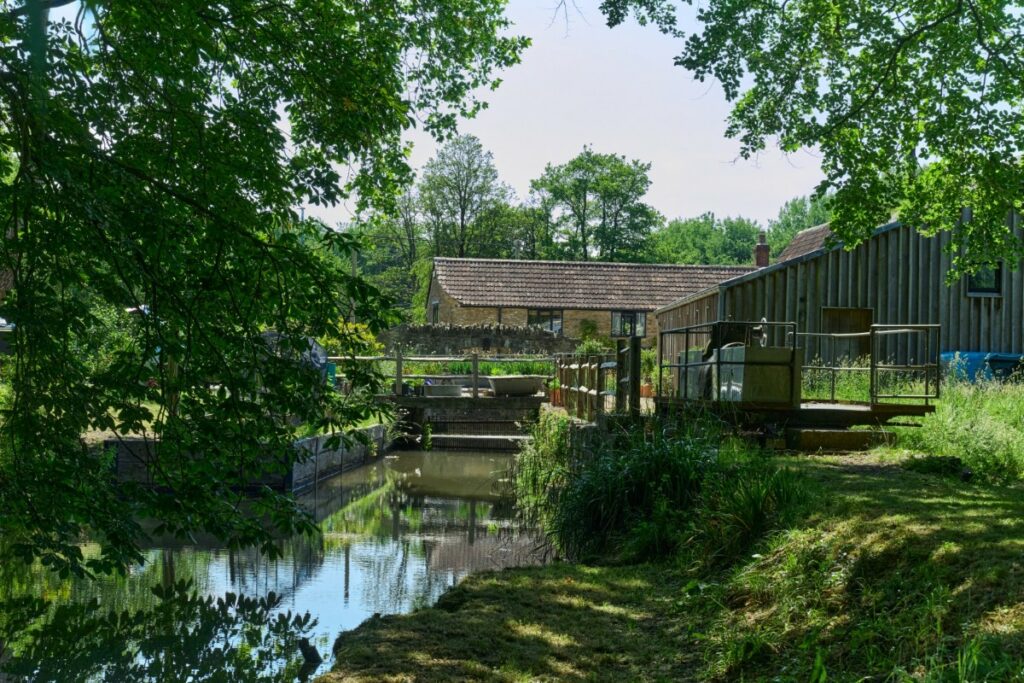
Renewable Energy, Then And Now
Just as the mill once harnessed the natural energy of the river, this historical diversion is now the foundation for a modern, low carbon heating system. The slow flowing millrace runs close to the house and can be drained and controlled by a sluice gate making it the ideal situation for a water-source heat pump.
Much of the millrace structure is built from Frome stone, Bath stone’s less famous sibling, and parts of the masonry date back to Tudor times. An arch over part of the sluice mechanism is topped with ‘cocks and hens’, a traditional style of coping for dry stone walls.
Where the water flows under this arch, a series of Energy Blades are visible just below the surface. These are the exchangers which draw heat energy out of the water and connect to a twin compressor Kensa heat pump sited in a plant room at the side of the main house.
The Kensa heat pump boosts the hot water and central heating system up to an average flow temperature of 40°C. Running at ΔT20 through the winter, this is a highly efficient, renewable source of energy which warms the home via a combination of underfloor heating and Castrads cast iron radiators.
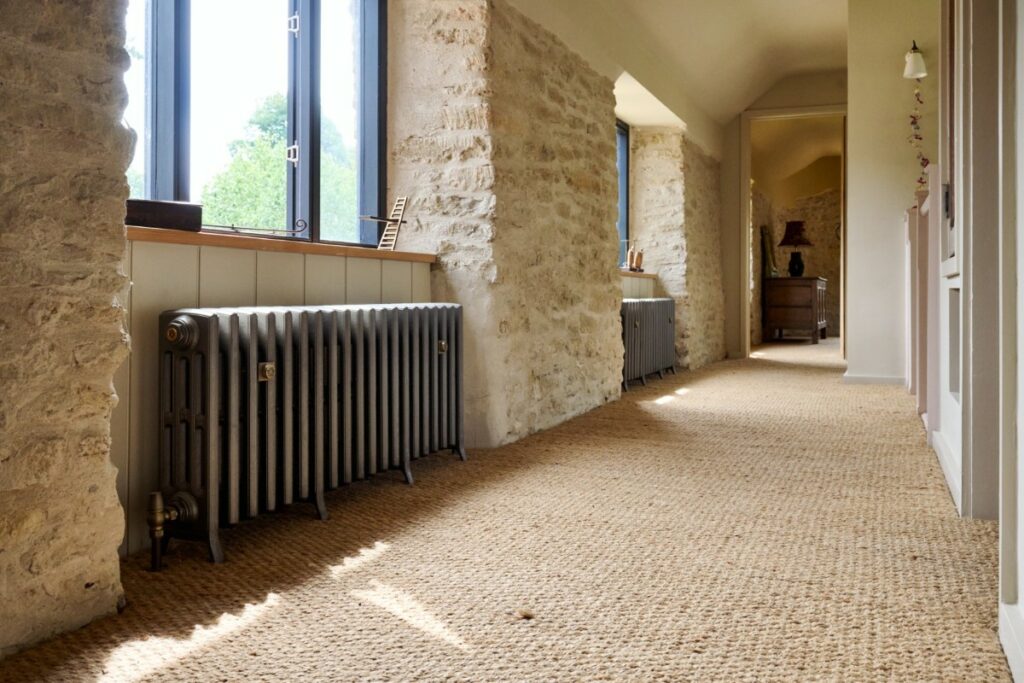
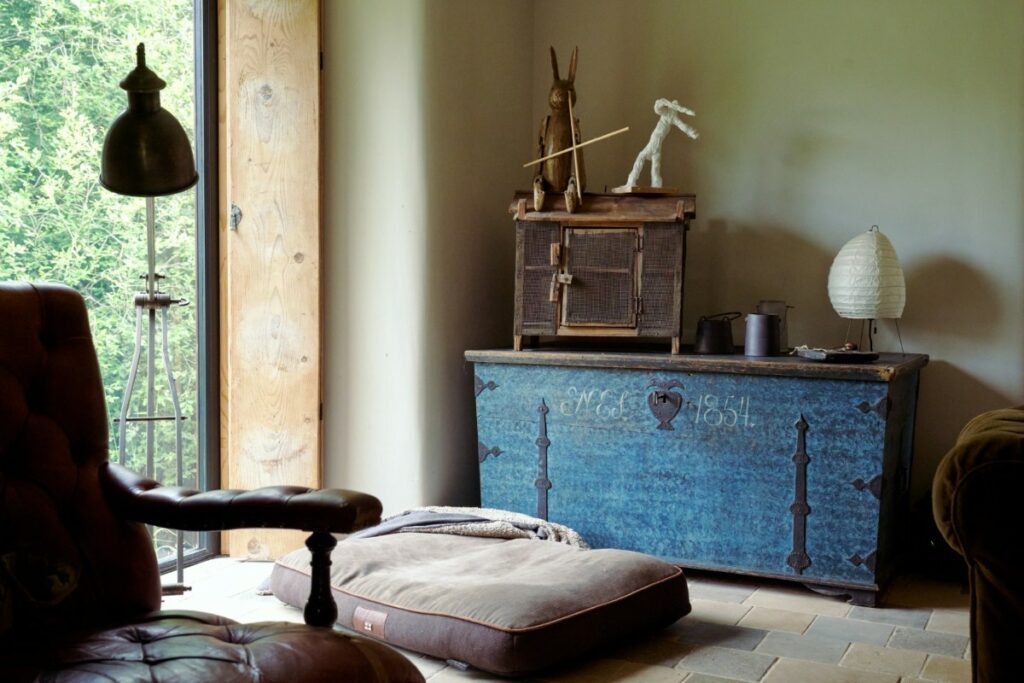
common with steel baseboard and panel radiators. Underfloor heating on the ground floor provides ambient warmth.
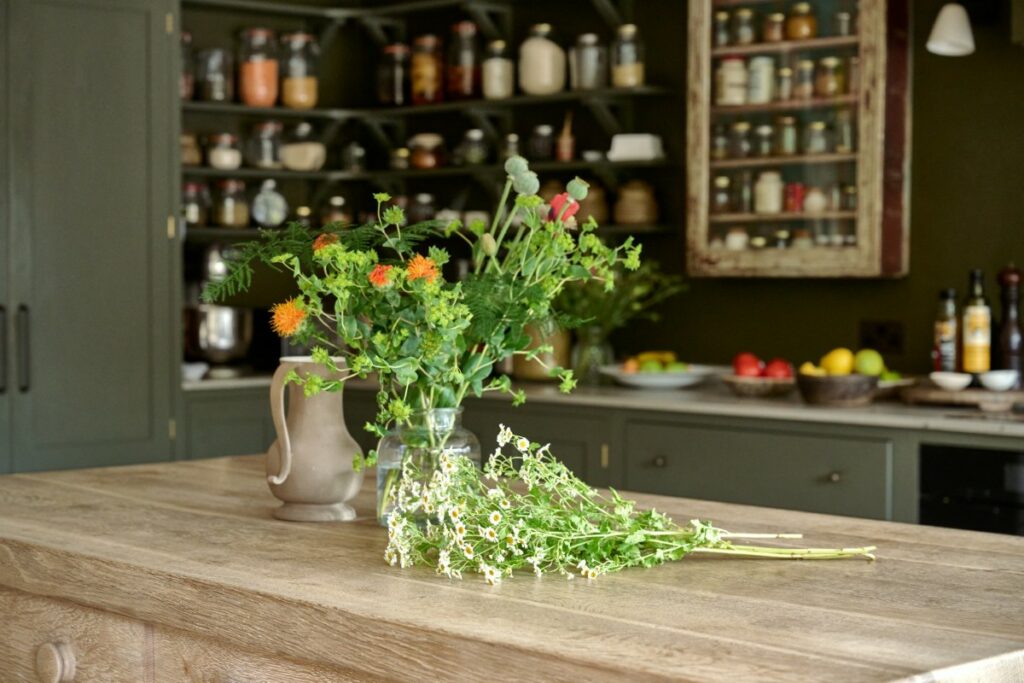
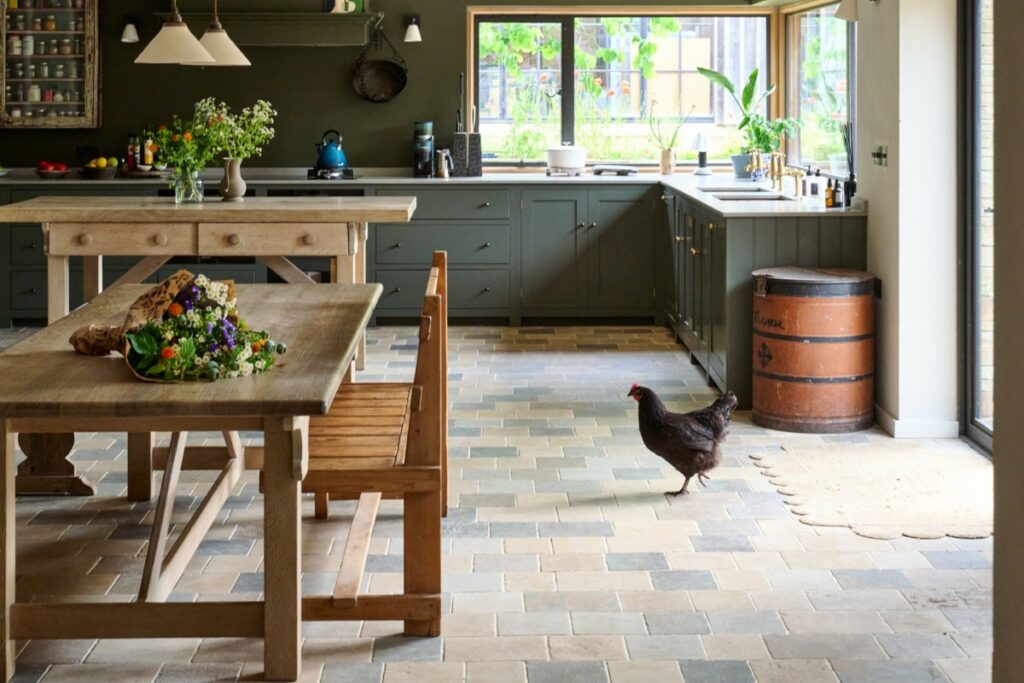
Cast Iron Radiators: The Natural Choice For Heat Pumps
Inside, exposed stone and lime plaster emphasise a unique dialogue between the house and its surroundings. John and Rebecca have foregrounded jute, timber and stone in their interiors. This rich palette of textures and earthy tones flows through both the old farmhouse and new-build extension, unifying the spaces into one cohesive whole.
Our Grace cast iron radiators in Grey Bronze are gently woven into this thoughtful composition. Their surface roughness and visual weight harmonising with Rebecca’s collection of wooden artifacts to anchor the upstairs rooms with quiet, tactile beauty.
Our made-to-measure cast iron radiators were the natural choice for this project. Cast iron’s exceptional thermal mass makes it an ideal material for low-temperature heat pump systems. The radiators hold heat energy and release it slowly and evenly, maintaining consistent temperatures and reducing the heat pump’s cycling frequency.
All Castrads cast iron radiators are sized and built to order ensuring each space receives exactly the right amount of heat. This eliminates waste and maximises the efficiency of the heat pump, in turn lowering running costs.
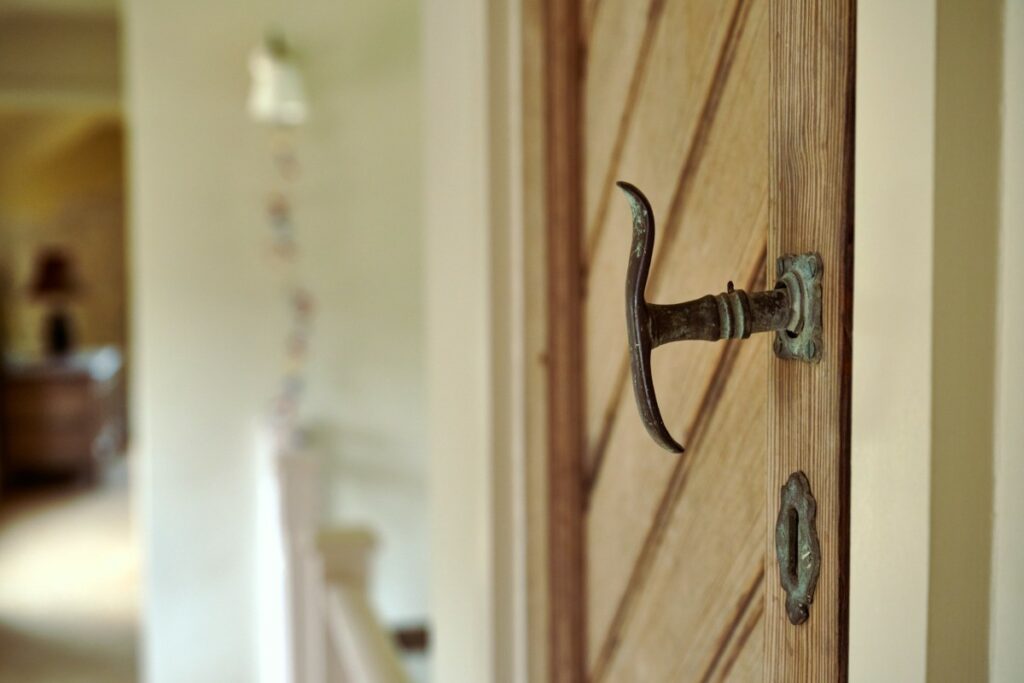
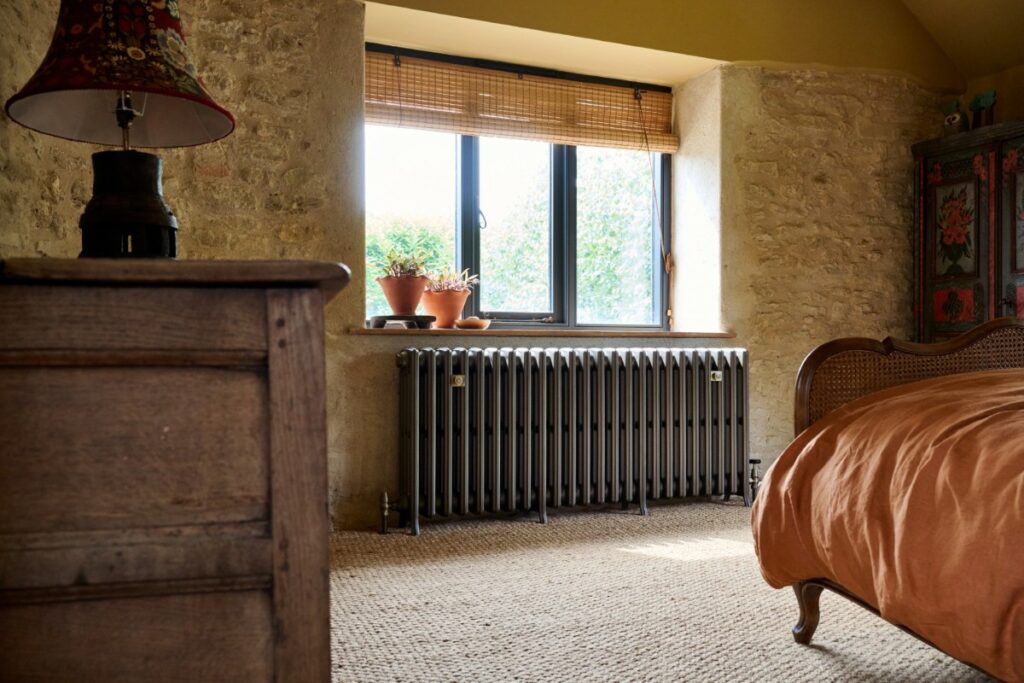
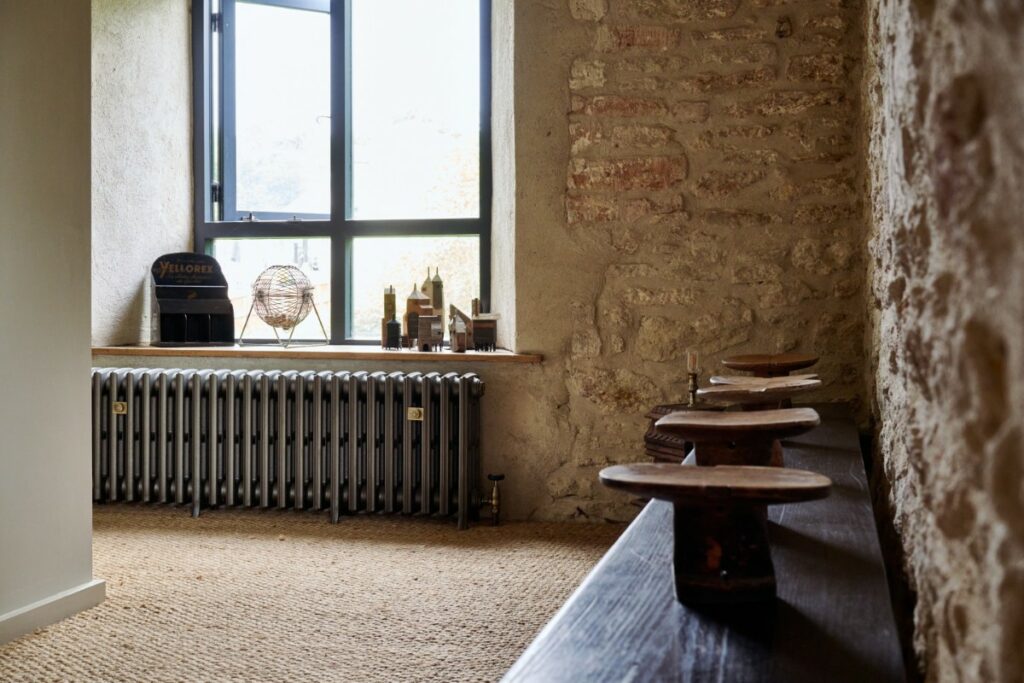
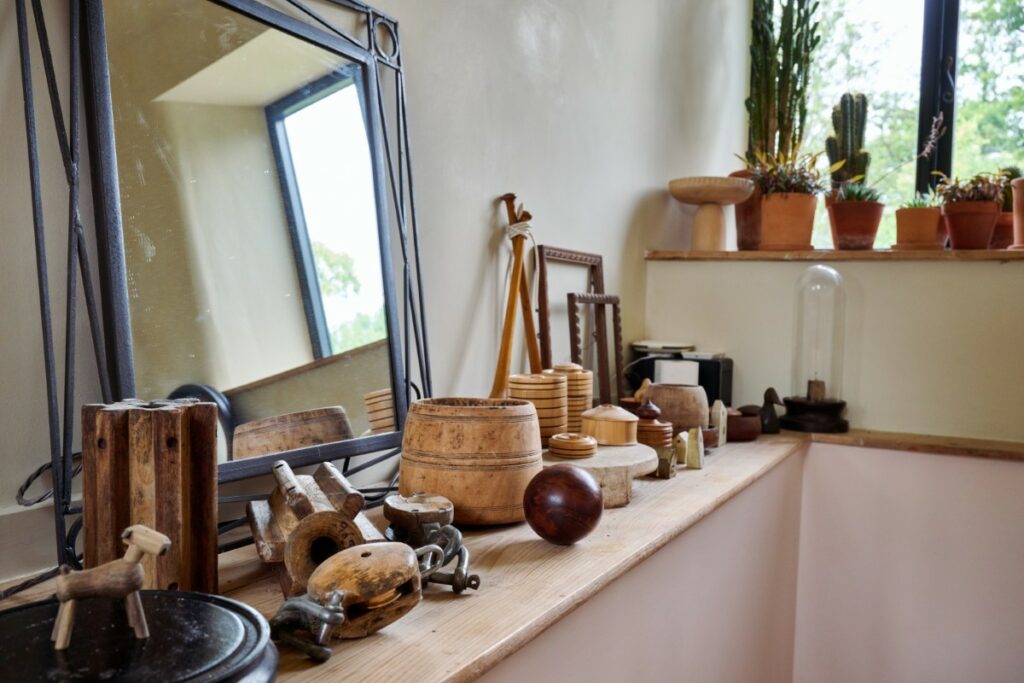
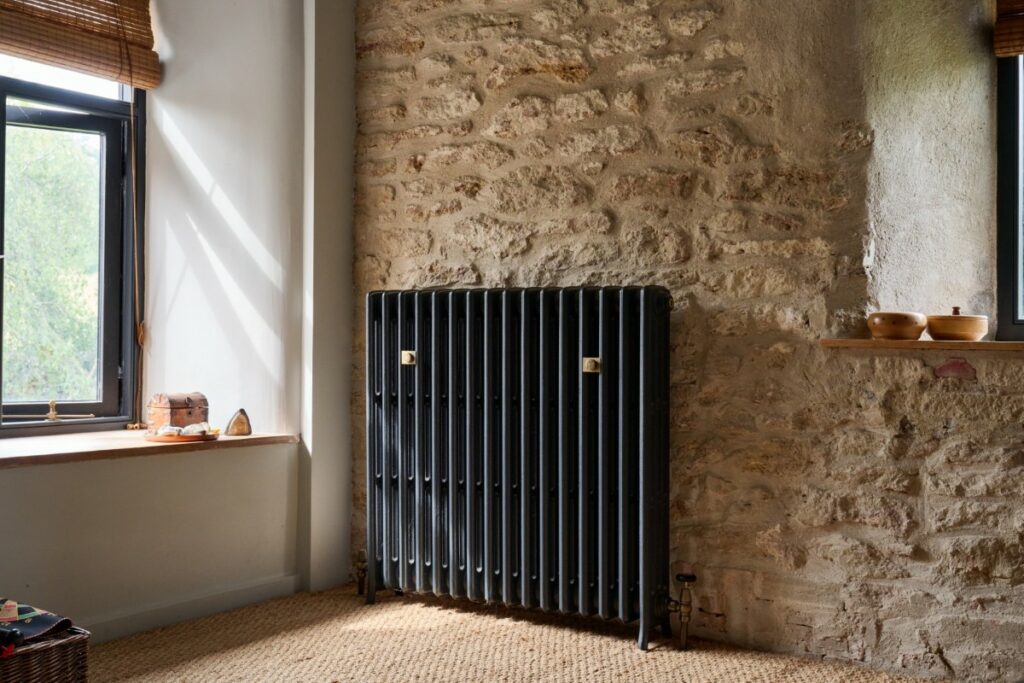
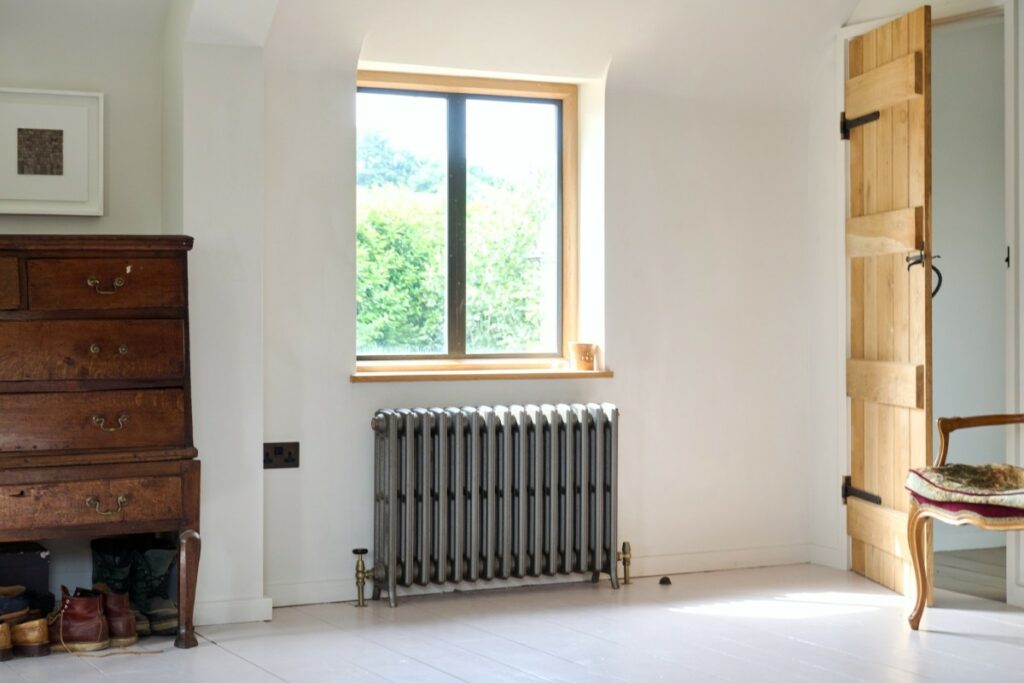
The cast iron radiators look and feel at home in both the older and newer parts of the house,
enhancing rather than compromising the property’s unique heritage character.
Expert Consultations: The Importance Of Right Sizing
The success of any heating installation depends on precise heat output calculations in the design phase. Starting with an in-person consultation with our team ensures that each radiator is perfectly matched to its space and the overall system requirements, eliminating the guesswork that can lead to poor performance and higher costs.
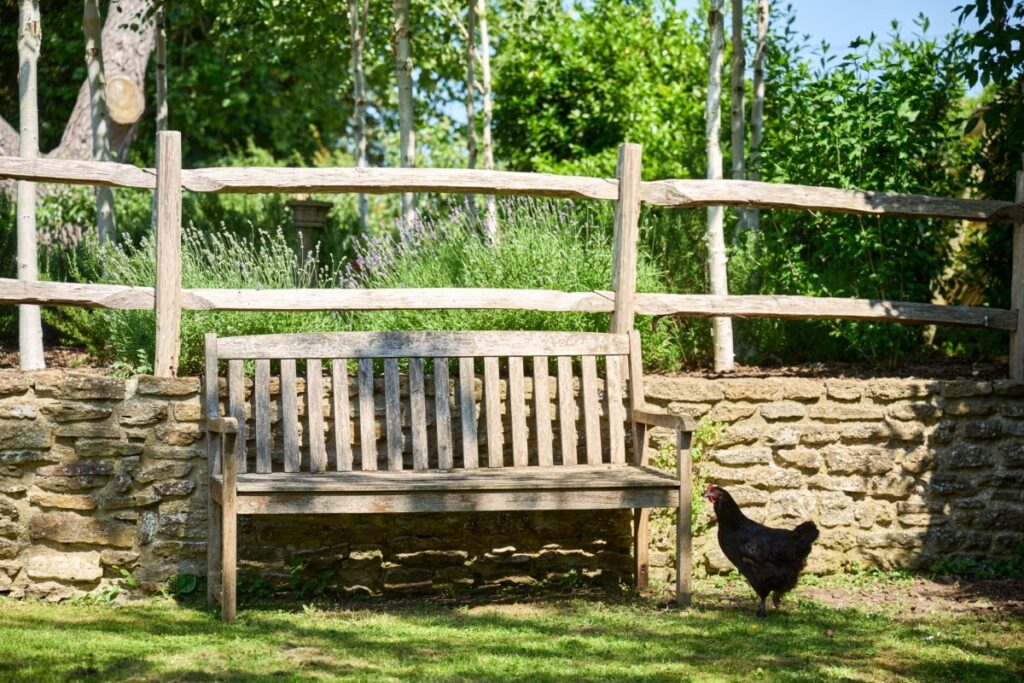
Heritage and Innovation in Harmony
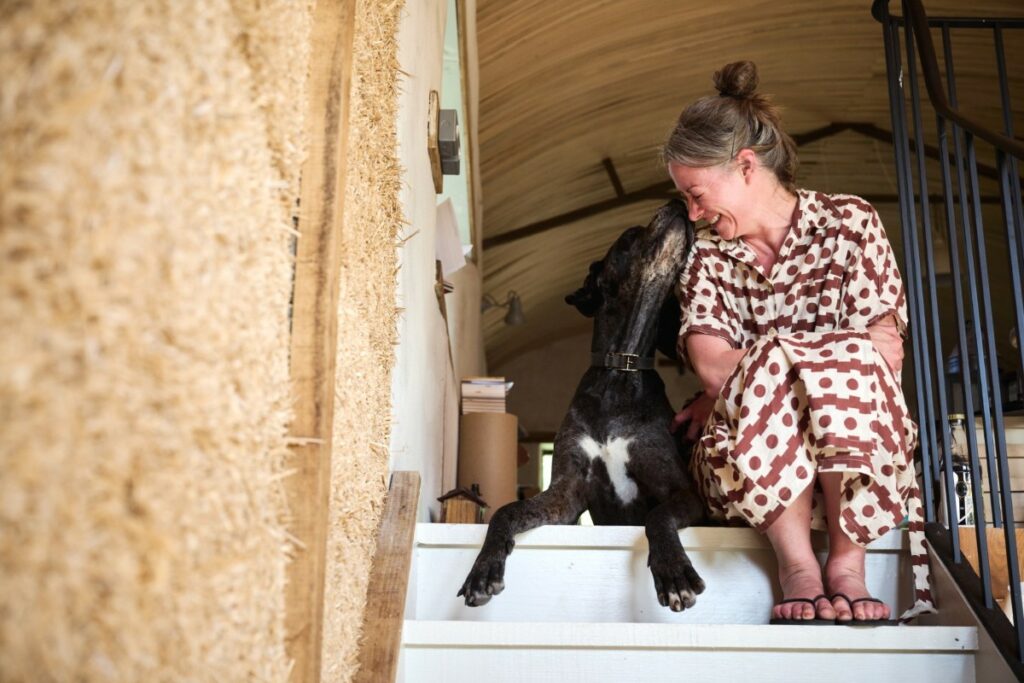
This Somerset mill conversion demonstrates that heritage properties can achieve exceptional energy efficiency without compromising their character. The combination of water-source heat pump technology and professionally specified cast iron radiators creates a heating system that’s both sustainable and sympathetic to the building’s history – demonstrating that with the right expertise and approach, older properties can lead the way in sustainable heating solutions.

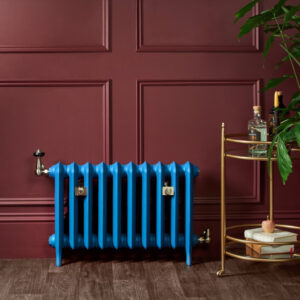
-300x204.jpg)
